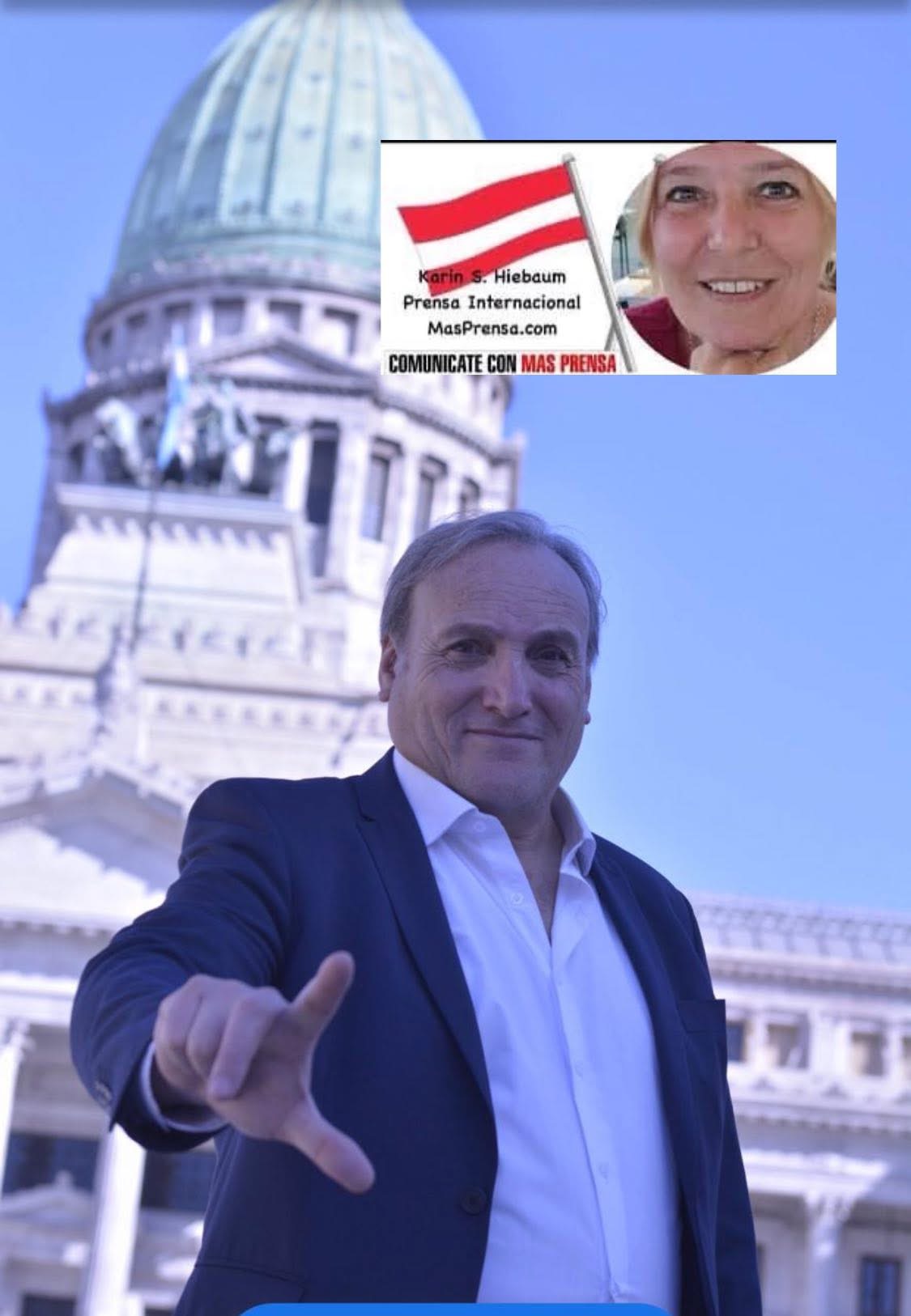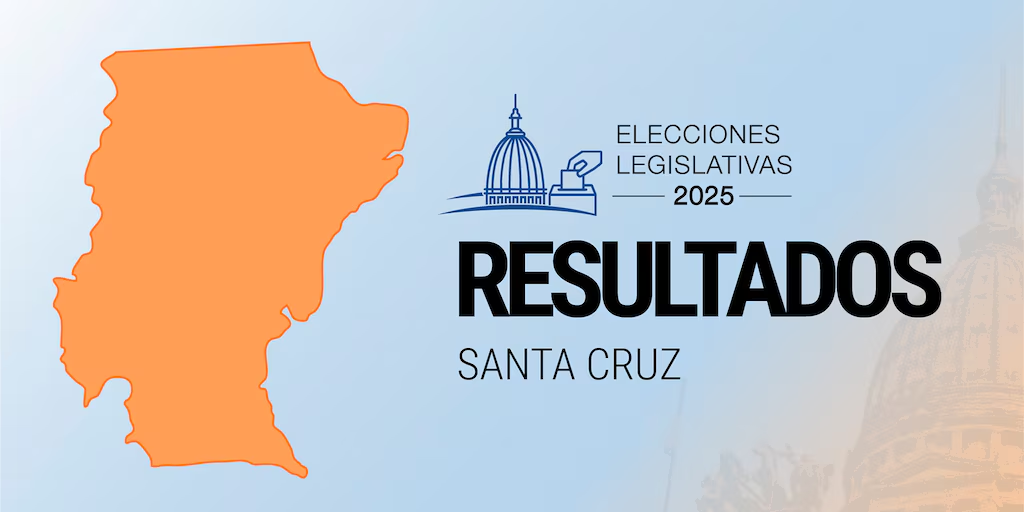Presentations in English: Language of Presentations
This page is about the words and expressions that we use when making presentations in English.
Karin Silvina Hiebaum – International Press
Simplicity and Clarity
If you want your audience to understand your message, your language must be simple and clear.
Use short words and short sentences.
Do not use jargon, unless you are certain that your audience understands it.
In general, talk about concrete facts rather than abstract ideas.
Use active verbs instead of passive verbs. Active verbs are much easier to understand. They are much more powerful. Consider these two sentences, which say the same thing:
Toyota sold nine million vehicles last año.
Nine million vehicles were sold by Toyota last año.
Which is easier to understand? Which is more immediate? Which is more powerful? #1 is active and #2 is passive.
Signposting
signpostWhen you drive on the roads, you know where you are on those roads. Each road has a name or number. Each town has a name. And each house has a number. If you are at house #100, you can go back to #50 or forward to #150. You can look at the signposts for directions. And you can look at your atlas for the structure of the roads in detail. In other words, it is easy to navigate the roads. You cannot get lost. But when you give a presentation, how can your audience know where they are? How can they know the structure of your presentation? How can they know what is coming next? They know because you tell them. Because you put up signposts for them, at the beginning and all along the route. This technique is called ‘signposting’ (or ‘signalling’).
During your introduction, you should tell your audience what the structure of your presentation will be. You might say something like this:
«I’ll start by describing the current position in Europe. Then I’ll move on to some of the achievements we’ve made in Asia. After that I’ll consider the opportunities we see for further expansion in Africa. Lastly, I’ll quickly recap before concluding with some recommendations.»
A member of the audience can now visualize your presentation like this:
Introduction
Welcome
Explanation of structure (now)
Body
Europe
Asia
Africa
Conclusion
Summing up
Recommendations
He will keep this image in his head during the presentation. He may even write it down. And throughout your presentation, you will put up signposts telling him which point you have reached and where you are going now. When you finish Europe and want to start Asia, you might say:
«That’s all I have to say about Europe. Let’s turn now to Asia.»
When you have finished Africa and want to sum up, you might say:
«Well, we’ve looked at the three continents Europe, Asia and Africa. I’d like to sum up now.»
And when you finish summing up and want to give your recommendations, you might say:
«What does all this mean for us? Well, firstly I recommend…»
The table below lists useful expressions that you can use to signpost the various parts of your presentation.
Signposting
Function Language
Introducing the subject
I’d like to start by…
Let’s begin by…
First of all, I’ll…
Starting with…
I’ll begin by…
Finishing one subject…
Well, I’ve told you about…
That’s all I have to say about…
We’ve looked at…
So much for…
…and starting another
Now we’ll move on to…
Let me turn now to…
Next…
Turning to…
I’d like now to discuss…
Let’s look now at…
Analysing a point and giving recommendations
Where does that lead us?
Let’s consider this in more detail…
What does this mean for ABC?
Translated into real terms…
Giving an example
For example,…
A good example of this is…
As an illustration,…
To give you an example,…
To illustrate this point…
Dealing with questions
We’ll be examining this point in more detail later on…
I’d like to deal with this question later, if I may…
I’ll come back to this question later in my talk…
Perhaps you’d like to raise this point at the end…
I won’t comment on this now…
Summarising and concluding
In conclusion,…
Right, let’s sum up, shall we?
I’d like now to recap…
Let’s summarise briefly what we’ve looked at…
Finally, let me remind you of some of the issues we’ve covered…
If I can just sum up the main points…
Ordering
Firstly…secondly…thirdly…lastly…
First of all…then…next…after that…finally…
To start with…later…to finish up…
That’s all I have to say about the language of presentations. Next, we’ll look in detail at the presentation itself and how we structure it…
The Presentation
This page is about the actual presentation itself as opposed to other aspects of giving presentations in English.
Most presentations are divided into 3 main parts (+ questions):
1 INTRODUCTION (Questions)
2 BODY
3 CONCLUSION
Questions
As a general rule in communication, repetition is valuable. In presentations, there is a golden rule about repetition:
Say what you are going to say…
say it…
then say what you have just said.
In other words, use the three parts of your presentation to reinforce your message. In the introduction, you tell your audience what your message is going to be. In the body, you tell your audience your real message. In the conclusion, you summarize what your message was.
We will now consider each of these parts in more detail.
Introduction
The introduction is a very important – perhaps the most important – part of your presentation. This is the first impression that your audience have of you. You should concentrate on getting your introduction right. You should use the introduction to:
welcome your audience
introduce your subject
outline the structure of your presentation
give instructions about questions
The following table shows examples of language for each of these functions. You may need to modify the language as appropriate.
Function Possible language
1
Welcoming your audience
Good morning, ladies and gentlemen
Good morning, gentlemen
Good afternoon, ladies and gentleman
Good afternoon, everybody
2
Introducing your subject
I am going to talk today about…
The purpose of my presentation is to introduce our new range of…
3
Outlining your structure
To start with I’ll describe the progress made this año. Then I’ll mention some of the problems we’ve encountered and how we overcame them. After that I’ll consider the possibilities for further growth next año. Finally, I’ll summarize my presentation (before concluding with some recommendations).
4
Giving instructions about questions
Do feel free to interrupt me if you have any questions.
I’ll try to answer all of your questions after the presentation.
I plan to keep some time for questions after the presentation.
Body
The body is the ‘real’ presentation. If the introduction was well prepared and delivered, you will now be ‘in control’. You will be relaxed and confident.
The body should be well structured, divided up logically, with plenty of carefully spaced visuals.
Remember these key points while delivering the body of your presentation:
do not hurry
be enthusiastic
give time on visuals
maintain eye contact
modulate your voice
look friendly
keep to your structure
use your notes
signpost throughout
remain polite when dealing with difficult questions
Conclusion
Use the conclusion to:
Sum up
(Give recommendations if appropriate)
Thank your audience
Invite questions
The following table shows examples of language for each of these functions. You may need to modify the language as appropriate.
Function Possible language
1
Summing up
To conclude,…
In conclusion,…
Now, to sum up…
So let me summarise/recap what I’ve said.
Finally, may I remind you of some of the main points we’ve considered.
2
Giving recommendations
In conclusion, my recommendations are…
I therefore suggest/propose/recommend the following strategy.
3
Thanking your audience
Many thanks for your attention.
May I thank you all for being such an attentive audience.
4
Inviting questions
Now I’ll try to answer any questions you may have.
Can I answer any questions?
Are there any questions?
Do you have any questions?
Are there any final questions?
Questions
Questions are a good opportunity for you to interact with your audience. It may be helpful for you to try to predict what questions will be asked so that you can prepare your response in advance. You may wish to accept questions at any time during your presentation, or to keep a time for questions after your presentation. Normally, it’s your decision, and you should make it clear during the introduction. Be polite with all questioners, even if they ask difficult questions. They are showing interest in what you have to say and they deserve attention. Sometimes you can reformulate a question. Or answer the question with another question. Or even ask for comment from the rest of the audience.
Now that we’ve covered the presentation structure, we will conclude with a review of what we have learned…
















0 Comentarios